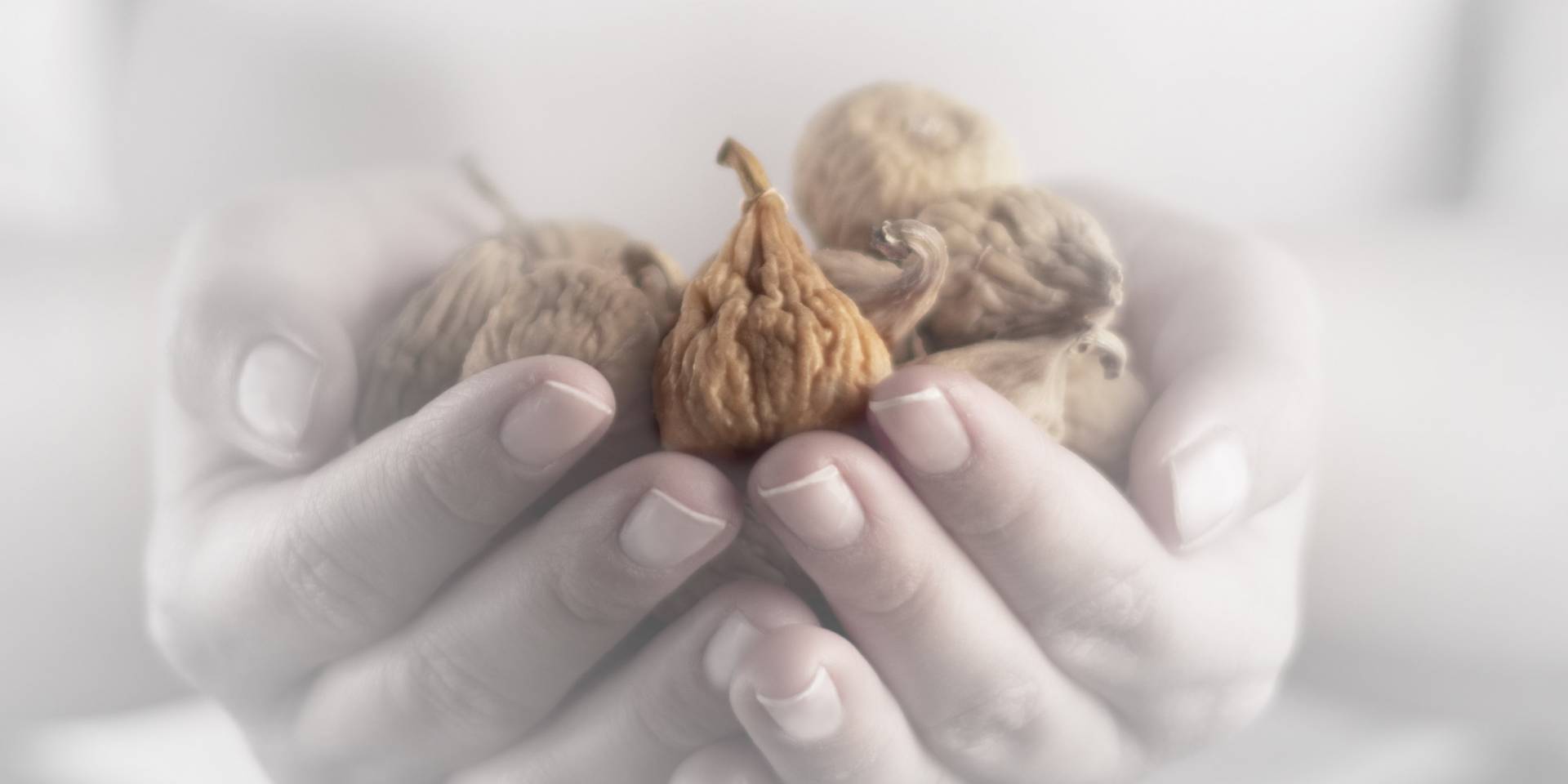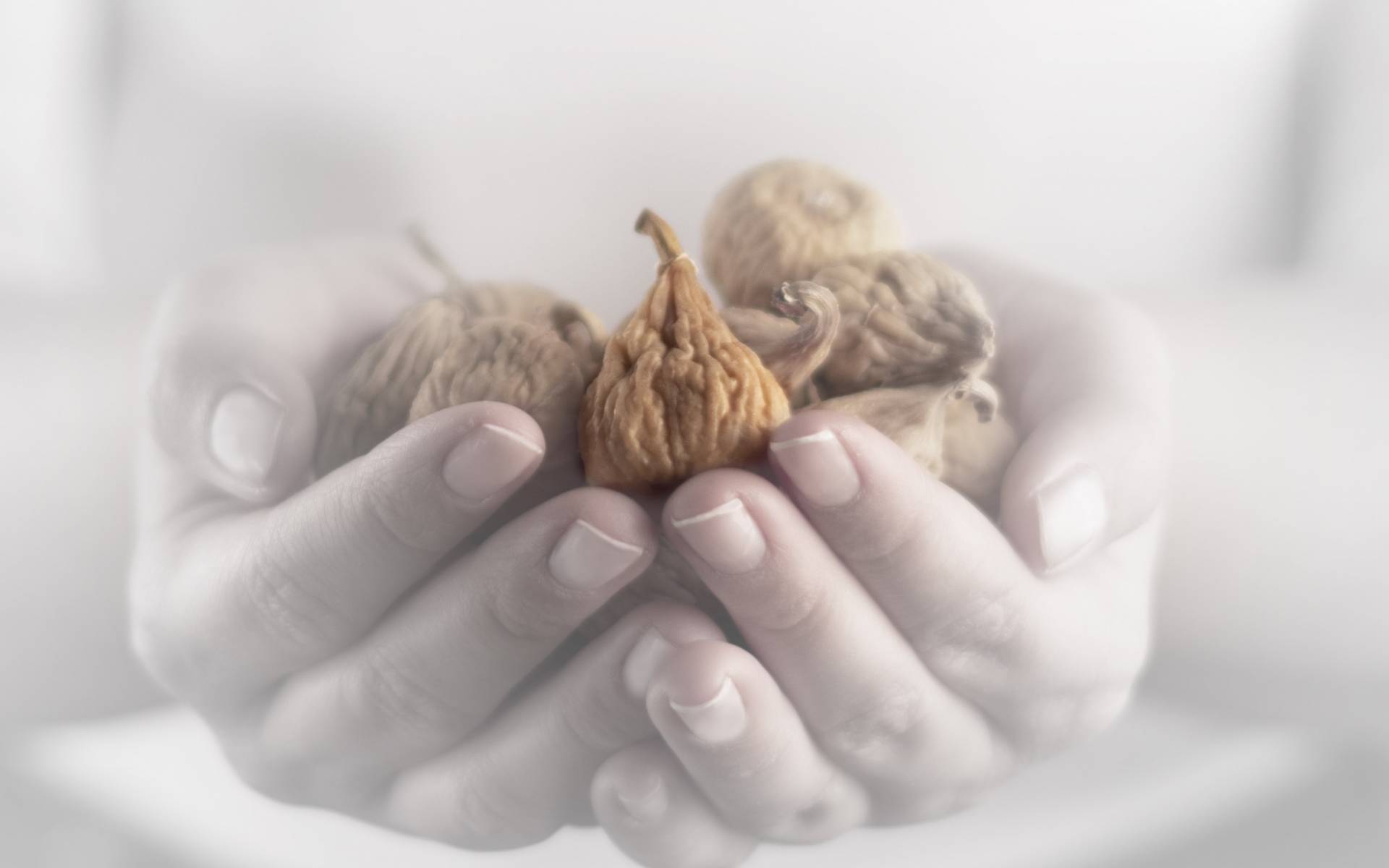The difference between Figs and Brebas
One of the most common mistakes when talking about fig trees and their fruit is to confuse figs with brevas, two of the sweetest and most delicious species of syconium fruit found anywhere in the world. Figs and brevas are mouthwatering foods used in countless recipes and, of course, have numerous beneficial properties for our health. In this article we are going to analyse the difference between figs and brevas, their properties and other aspects, in addition to answering some common questions that will help you to understand more about this type of food. Keep reading and find out!
The difference between figs and brevas
The first thing you need to know is that figs and brevas come from the same tree, however, that does not mean they are the same fruit, as there´s a considerable difference between them with regard to their colour, flavour and properties. Furthermore, the fact that figs and brevas come from the same tree does not mean that all fig trees produce both types of fruit.
The difference between figs and brevas: harvesting time
The main difference between figs and brevas entails the picking or harvesting time. The maturation period of the two species varies, whereby figs are ripe at the end of spring, while brevas are ready for harvesting in the summer and autumn. Moreover, although brevas may seem like early fruits, this is not the case. In fact, brevas are figs that didn´t stop growing the previous season, reason for which they only ripen the following season.
The difference between figs and brebas: flavour
The flavour is another of the main differences found in these two fruits. Although both have a sweet, intense flavour, ideal as a dessert after lunch or dinner, figs are sweeter. This is due to the maturation time, and although it is one of the fruits with the highest amount of carbohydrates, the amount of kilocalories in the composition of figs is quite low, and they only have 85 kcal per 100 grams of food.
The difference between figs and brevas: size and colour
The differences between these types of fruit are not restricted to the properties of figs and brevas. Properties and composition are two essential factors that set these syconium fruit apart, however colour and size also have an influence. Due to the longer maturation time of brevas, they are bigger than figs, which also determines the concentration of nutrients and their distribution, making them less sweet. Moreover, the colour of the two types of fruit is different. Figs have a characteristic darkish green colour, while brevas are purple.
Figs and brevas: properties
The composition of these foods features a significant content of carbohydrates (around 16 per 100 grams) including glucose, fructose and sucrose. This is why these types of fruit are highly recommended for athletes and people with high intellectual demands in general - glucose is the nutrient the brain most needs to function. Another characteristic of both types of fruit is the amount of fibre they contain, which is highly beneficial in the regulation of bowel function. In addition, we should also point out that figs and brevas are satiating foods that can be very useful in losing weight in that they replace the consumption of other foods. Finally, it should be emphasised that both figs and brevas contain a large amount of amino acids, which have a considerable influence on the proper functioning of the body. They also contain potassium and vitamin B6, among other ingredients.
Do all fig trees bear brevas?
It should be stressed that not all fig trees bear both types of fruit; this only occurs in biferous or reblooming fig trees. So no, not all fig trees bear brevas. Infact there are two types of fig tree, in accordance with the flowering, these being:
Dioecious fig trees: Dioecious fig trees feature female flowers on one tree and male flowers on another. Fertilisation, in this case, can take place by either natural or artificial means, with human assistance - by placing the male branches closer to the female branches, for example.
Monoecious fig trees: these fig trees produce male and female flowers on the same tree; the fertilisation process is far simpler and no human assistance is required.
How long do fig trees take to bear fruit?
The full production of a fig tree usually occurs at between 5 and 8 years, depending on the growth of the tree. In general, fig trees usually live up to 50 or even 60 years, and can reach a height of 10 metres with a trunk diameter of up to 3 metres (in the case of the largest specimens). The production of figs and brevas varies depending on the type of tree. Biferous fig trees bear fruit both in the spring and in the summer or autumn - in these cases the fruit needs to be harvested in several phases. The fact is that the maturation of the fruit of this tree is a lengthy process and can take up to 2 months or more.
Where are figs from?
Figs are grown in different parts of mainland Spain, including the Valencian Community and other cities such as Huesca, Avila, Caceres, Murcia and Lleida. We at Paiarrop are specialists in the manufacture of artisanal products such as traditional quince, chocolate-dipped orange and the exquisite jams of our land. However, our specialty is pajarero figs and pan de higo, highly appreciated in the market due to the respect and care we afford to the production of our food. The fields of L'Alcudia are where we conduct our passionate work involving the preparation of these homemade and traditional foods using the best raw materials, while striving to provide the highest standards of quality, flavour and naturalness.

